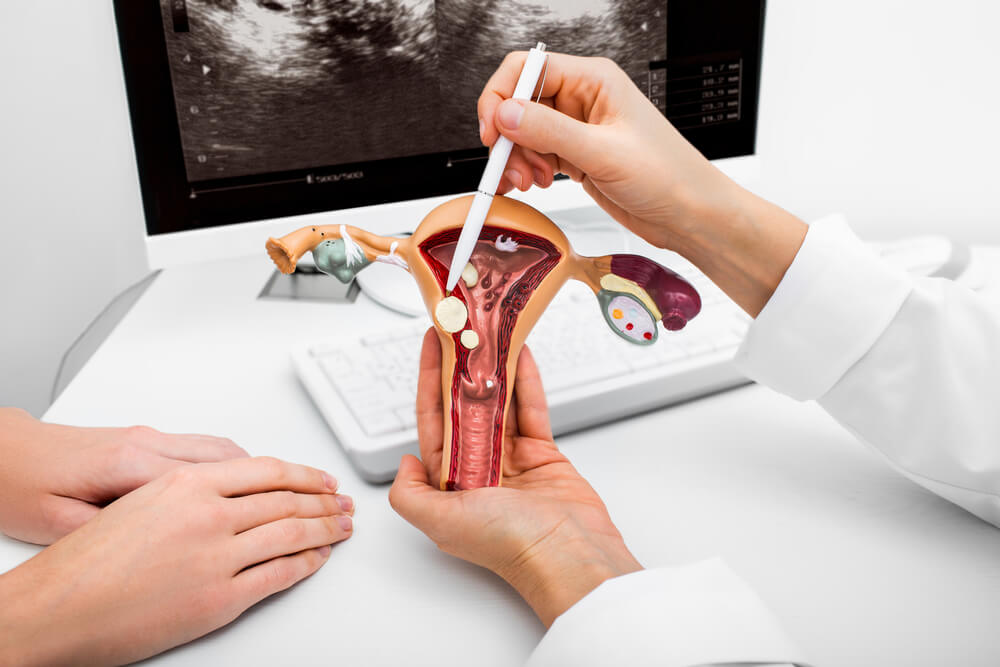Cervical dysplasia is a medical condition that refers to the precancerous and abnormal cells in and around a female patient’s cervix. Even though the presence of this condition does not mean that a patient has cancer, the cells can potentially lead to cancer when left untreated. Because of this, it is imperative to learn more about the dysplasia of the cervix, its symptoms, potential treatment methods, and the general outlook.
Whenever in doubt, we recommend consulting professionals at New Age Women’s Health. Make sure to speak with a licensed professional for expert diagnosis and proper treatment.
So, what is cervical dysplasia, and what are its most common symptoms? Moreover, what are the most effective treatment methods you can consider? Check it out below.
What Is Cervical Dysplasia?
As mentioned, cervical dysplasia refers to a condition when there are atypical or precancerous cells in and around a female’s cervix. The lower part of the uterus is called the cervix, and the vagina opens up into it. Typically, a doctor can detect cervical dysplasia via a pap test or a pap smear. If a pap smear comes back abnormal, biopsies of the cervix are then needed to confirm the diagnosis of cervical dysplasia. Patients with this condition may have mild, moderate, or severe abnormal changes in their cells. Remember, if you have cervical dysplasia, it does not mean that you have cervical cancer. Unfortunately, if the precancerous cells are left untreated, further complications may arise.

What Are the Cervical Dysplasia Symptoms?
Unfortunately, cervical dysplasia does not cause any symptoms. Therefore, it can easily go undetected. It is very important to undergo routine pap smear tests and to see your OBGYN doctor regularly.
What Causes Dysplasia of the Cervix?
The leading cause of cervical dysplasia is HPV or the Human papillomavirus. HPV is the most common STI (sexually transmitted infection) in the United States. The number of HPV viruses is over 200; out of these, around 40 affect a person’s genitals. While this may sound scary, do not forget that most types of HPV are at low risk for illnesses such as cancer. That said, HPV types categorized as “high risk” include types 16 and 18. These cause around 70 percent of all cervical cancers.
Besides HPV, here are some other factors that could boost your chances of having precancerous cells:
- Having sex before the age of 18
- Multiple sexual partners
- Having an illness that lowers the immune system
- Taking medicines that lower the immune system
- Chewing or smoking tobacco
- Avoiding the use of condoms
- Giving birth before the age of 16
- Not getting the vaccine for HPV
How Is Dysplasia of the Cervix Diagnosed?
In most cases, cervical dysplasia is detected during a routine pap smear test. To perform the test, the professional will swab your cervix and collect samples of the cells. Next, the doctor will send the cells to a laboratory for analysis. You may need to wait up to three weeks for the laboratory to process the test and give you the results. The results of the test can be normal, inconclusive, or abnormal. If the results are normal, you should adhere to the recommendations for regular examinations. Women with inconclusive results do not necessarily have cervical dysplasia. Sometimes, women may have a simple infection in the vagina or the cervix. In other cases, the doctor may want to repeat the pap test. Diagnosis and further action will vary depending on the patient’s medical history and age.
Finally, abnormal test results will indicate dysplasia of the cervix. Usually, if the pap smear is abnormal, they type of abnormality will be one of the following:
- Atypical squamous cells or atypical glandular cells
- High-grade SIL or HSIL
- Low-grade SIL or LSIL
High-grade SIL could indicate moderate to severe abnormality, whereas low-grade refers to mild abnormality. If your pap smear test is one of the above abnormalities, a colposcopy may be recommended. During a colposcopy procedure, biopsies of the cervix are performed in the office in order to obtain a larger sample for official diagnosis.
If the biopsy performed during a colposcopy reveals cervical dysplasia, it is referred to as cervical intraepithelial neoplasia or CIN. The different types of CIN include:
- CIN I or mild dysplasia
- CIN II or moderate dysplasia
- CIN III or severe dysplasia
Usually, CIN I can be watched by performing another pap smear in one year. Moderate or severe dysplasia, either CIN II or CIN III, may require a further procedure called a LEEP (loop electrosurgical excision procedure). A LEEP is when a moderate or severe abnormality is removed from the cervix. This procedure is usually performed in an OBGYN office under local anesthesia but can be performed under general anesthesia if necessary.

Can I Prevent Cervical Dysplasia?
The good news is that there are a few easy ways to avoid and prevent cervical dysplasia. One of the best ways to do this is to get vaccinated with the HPV vaccine. According to the findings, the HPV vaccine is a proven way to lower the risk of getting the illness. However, the vaccine will not entirely prevent dysplasia of the cervix. Always talk to your doctor to find out if you meet every criterion for the HPV vaccine. For maximum results, boys and girls between 9 and 26 should get vaccinated before having sex for the first time. That said, vaccination is possibly helpful up to the age of 45. Discuss your options with a doctor.
Other steps that you can take to reduce the risk of developing precancerous cells include:
- Avoiding smoking
- Using a condom whenever engaging in sexual activity
- Getting the HPV vaccine (if you are between 9 and 26)
What Are My Treatment Options for Dysplasia of the Cervix?
The degree of abnormal cells and the patient’s medical history will determine the best treatment method. If you are dealing with severe or moderate cases of the condition, you may need immediate treatment. Your options include:
- Cryosurgery
- LEEP or loop electrosurgical excision procedure
- Surgery for abnormal cell removal
How Can I Live With This Condition?
Even when diagnosed with this condition, it does not interfere with your daily life. Make sure to receive early diagnosis and treatment. Always follow a doctor’s recommendations for the earliest detection. Unfortunately, even when treated, you may have this condition again in the future.
Book an Appointment Today
Choose the best professionals in the industry and receive expert guidance today. Give us a call and get your health back on track.





